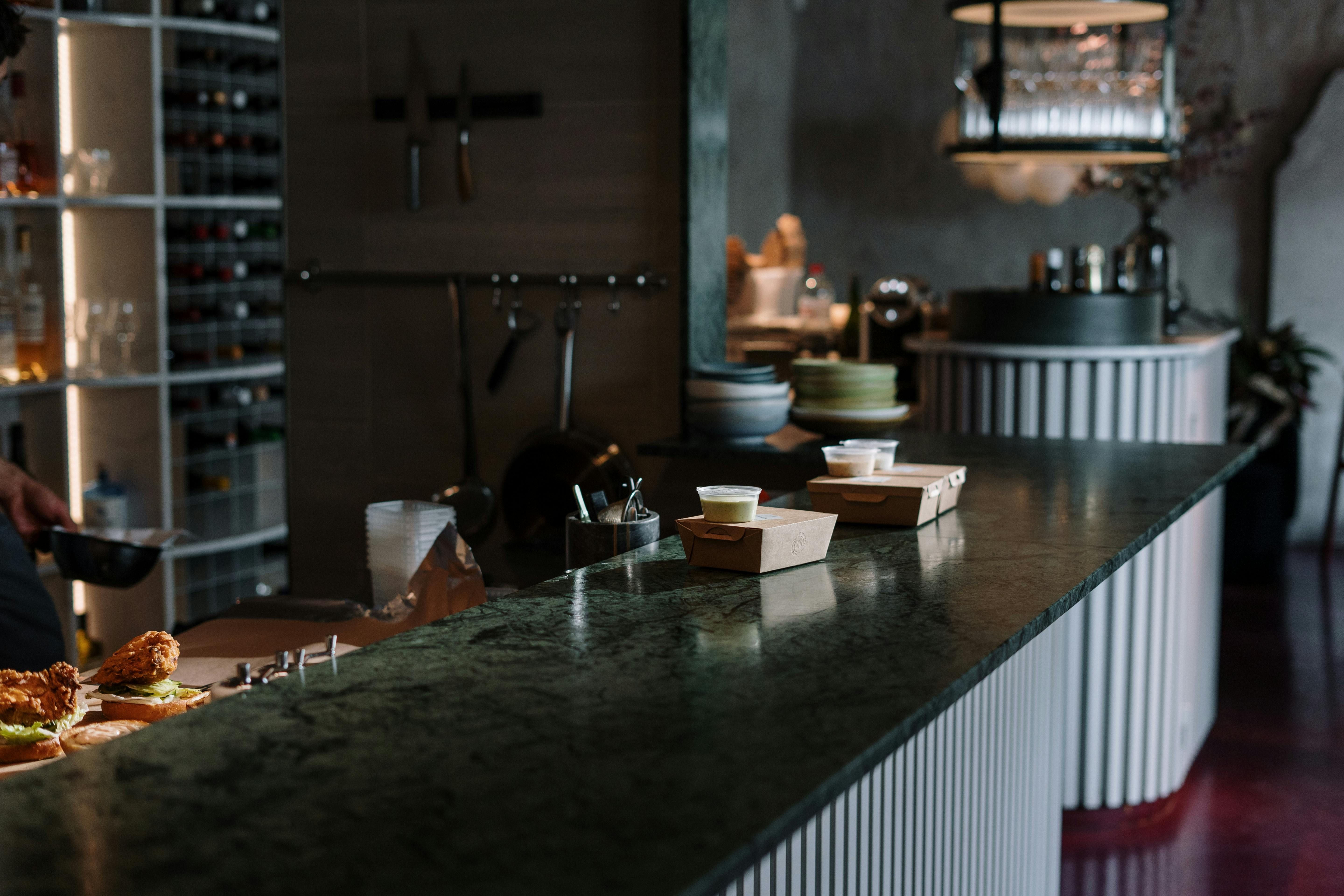The food & drink packaging trends that defined 2024

IFE Manufacturing explores some of the trends and innovations defining the 2024 food & drink packaging sector.
As consumer expectations evolve and sustainability continues to be a focal point in the industry, packaging innovations in food and drink have been breaking new ground in 2024. From eco-friendly materials to intelligent designs, these advancements are not only catering to environmental demands but also enhancing product appeal and functionality. For food and drink professionals, staying ahead in this dynamic landscape is essential.
Here are some of the top trends we've seen this year:
Sustainable Materials at the Forefront
Sustainability continues to dominate packaging conversations, with brands adopting innovative materials to reduce environmental impact. Bioplastics made from renewable resources like corn starch or sugarcane are gaining traction, providing a viable alternative to petroleum-based plastics. Advances in mushroom-based and seaweed-derived packaging have also introduced compostable options that align with circular economy principles.
Recyclability is another priority. Efforts to develop mono-material packaging and enhance recycling streams are addressing waste challenges, while refillable and reusable packaging systems are becoming increasingly mainstream in various sectors.
Smart Packaging for Enhanced Consumer Engagement
Smart packaging is no longer a futuristic concept; in 2024, it’s a reality reshaping how brands interact with consumers. QR codes, NFC chips, and augmented reality (AR) features are being integrated into packaging to offer product information, traceability, and immersive brand experiences.
These technologies also enhance supply chain transparency, allowing businesses to track their products from production to the point of sale. For consumers, this means access to real-time data on the origin, quality, and sustainability of the products they purchase.
Functional and Convenient Designs
Convenience remains a key driver of innovation. Flexible packaging solutions, such as pouches with resealable closures and ergonomic designs, cater to on-the-go lifestyles. Lightweight and space-efficient packaging is also reducing transportation costs and environmental footprints.
Innovative dispensing mechanisms and portion-controlled packaging are gaining traction, particularly in sectors like ready-to-eat meals, snacks, and beverages. These designs not only enhance usability but also address food waste by enabling precise consumption.
Minimalism and Transparency
Minimalist design trends, emphasising clarity and authenticity, are resonating strongly with modern consumers. Clean label packaging highlights essential product details, creating trust and simplifying purchasing decisions.
Transparency extends beyond aesthetics to material choices, with brands prioritising packaging that showcases product quality. Clear materials and straightforward messaging are helping brands align with consumer preferences for honest and accessible communication.
Edible Packaging
Edible packaging has been gaining attention, through brands such as Nopla, as a potential option for reducing waste, but its adoption remains limited. Food-grade coatings and wrappers made from natural ingredients are being tested for items like wraps, desserts, and even beverages. While these solutions can eliminate waste in specific use cases, they present challenges in terms of durability, shelf life, and cost-effectiveness.
Though still in its early stages, edible packaging is expanding into niche markets, driven by innovation in materials and production techniques. However, significant hurdles, including scalability and consumer acceptance, must be overcome before it becomes a widespread solution.
Regulatory and Compliance Trends
Navigating evolving packaging regulations is critical for food and drink professionals. In 2024, stricter Extended Producer Responsibility (EPR) schemes require brands to bear more responsibility for the end-of-life management of their packaging.
To stay compliant, businesses are investing in recyclable and reusable systems. Closed-loop packaging models, where materials are returned, cleaned, and reused, are gaining momentum in categories like dairy and beverages. Collaboration across the supply chain is key to achieving these goals.
As the food and drink industry moves towards a more sustainable and consumer-centric future, packaging innovation is set to remain at the heart of this transformation. For industry professionals, leveraging these trends offers an opportunity to align with market demands, stand out in crowded markets, and foster long-term loyalty.
Whether it’s adopting smart packaging for deeper engagement, choosing sustainable materials, or embracing cutting-edge designs, the innovations of 2024 underscore the importance of packaging as a strategic tool. By staying ahead of these trends, food and drink professionals can not only meet the needs of today’s consumers but also contribute to a more sustainable future for the industry.
For insights into the latest packaging solutions and industry advancements, subscribe to the IFE Manufacturing newsletter and stay informed on what’s next for food and drink packaging.
)
)
)
)
)
)
)
)
)
)
)
)
)
)
)
)
)
)
)
)
)
)
)
)